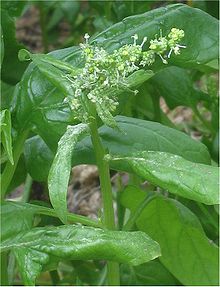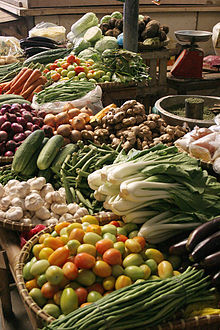Comedy Night Live
Comedy Night Live (CNL) merupakan sebuah program variety comedy dengan konten utama sketsa komedi semi-scripted yang diwarnai dengan spontanitas para komedian. Setiap episode juga akan menghadirkan segmen “Nah Ini Dia” yang mengharuskan seorang bintang tamu untuk bermain di sebuah sketsa tanpa diberikan script atau petunjuk sedikit pun dari tim produksi. Dan ada segmen di mana musisi ternama menampilkan sebuah lagu di akhir acara.
Pengisi acara
| Comedy Night Live | |
|---|---|
 |
|
| Format | Komedi sketsa |
| Pemeran | Adul Andre Taulany Sule Nunung |
| Negara | |
| Bahasa | |
| Produksi | |
| Produser | Yudi P. Manupassa (Yudhistira Priyanto Manupassa) |
| Lokasi | |
| Durasi | 30-60 menit (Sabtu & Minggu) jam 19:30 WIB |
| Rumah produksi | NET. Entertainment |
| Siaran | |
| Stasiun televisi | |
| 31 Januari 2015 | |
| Kronologi | |
| Tayangan terkait | Opera Van Java (di Trans 7) Extravaganza (di Trans TV) |
- Parto Patrio
- Sule
- Andre Taulany
- Nunung
- Omesh
- Adul
- Dud N Dudes (Band, 2015 – 2016)
- Dj Yasmin
- SE Percussion (Band)
Acara yang setara
- Saturday Night Live (NBC, Amerika Serikat)
- SNL Korea (tvN, Korea Selatan)
- Extravaganza (Trans TV, Indonesia)








